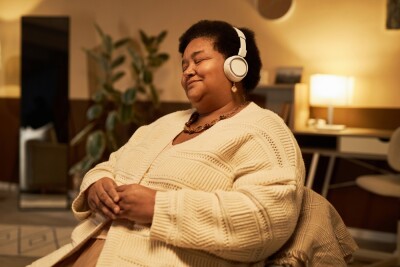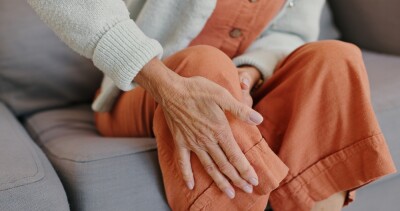May 2014 John Weeks Integrator Round-Up: Surveys
May 12, 2014
AANP survey of Medicare recipients finds high interest in potential use of naturopathic doctors and in non pharma treatment The American Association of Naturopathic Physicians (AANP) has announced results of a survey of Medicare recipients. The survey found that "55%
AANP survey of Medicare recipients finds high interest in potential use of naturopathic doctors and in non-pharma treatment The American Association of Naturopathic Physicians (AANP) has announced results of a survey of Medicare recipients. The survey found that "55% of older Americans who live in states that license naturopathic physicians would consider seeking care from a naturopathic physician." Medicare does not presently cover care from naturopathic doctors. In addition, "75% of Medicare beneficiaries prefer that their doctor use natural therapies first, such as improved diet or supplements, before prescribing drugs or surgery." Four-in-ten seniors are worried about adverse effects of prescription drugs. The survey is part of the organization's plan to have the ‘‘Medicare Naturopathic Physician Access Act" introduced in Congress.AANP CEO Jud Richland commented: "The study is a wake-up call to policy makers. Seniors are saying loud and clear that they want Medicare to provide access to holistic care providers such as licensed naturopathic physicians. Millions of Americans have paid Medicare taxes all their working lives, but when the time comes to participate in Medicare, they find that the services they want aren't available." Ancillary materials published with the survey and part of the campaign to introduce the Access Act include: Naturopathic Medicine Lowers Health Care Costs and Naturopathic Approaches to High-Cost Diseases and A Proposal to Modernize Medicare. The study, conducted by Infosurv, surveyed 384 individuals 65 years of age and older who live in states that license naturopathic physicians. Details from the survey report, entitled "Older Americans Views on Naturopathic Physicians in Medicare," are available here.Comment: This survey and the materials prepared for it are good stepwise moves to create a base for the AANP’s campaign. These follow another step - the AANP’s win last year when it was successful in pushing a resolution through the U.S. Senate that spoke favorably about the potential value of naturopathic physicians in combating expensive chronic diseases. That was the first time that "naturopathic medicine" was named in a Congressional act. Curious how the Medicare campaign will go and whether they can secure federal inclusion with regulation in just 18 states. Notably, direct-entry midwives were successful in inclusion, albeit limited, in the Affordable Care Act relative to Medicaid coverage despite regulation in just 26 states. Surely it was good news for the AANP effort that the state of Maryland, home of US Senate Appropriations Committee chair Barbara Mikulski (D-MD), chose a month ago to license these practitioners.CDC report stimulates flurry of news of regional trends in CAM use: self-care West vs. “adjust-me” bread-basket?The US Centers for Disease Control and Prevention's April edition of the National Center for Health Statistics Data Brief describes regional trends in the use of complementary and alternative medicine (CAM). The media picked it up widely. Here's Health Day on April 16, 2014: "Folks on the West Coast are faithful followers of yoga and meditation. Midwesterners turn to chiropractors or osteopathic doctors for their aches and pains. And nearly one in every five Americans uses herbal supplements like ginseng, Echinacea, ginkgo biloba and St. John's Wort." How much more? "Yoga with deep breathing or meditation is about 40% more common in the Pacific and Mountain states than in the country overall [and] use of chiropractic or osteopathic manipulation is nearly twice as high in the Dakotas and Minnesota down to Kansas and Missouri than the rest of the United States." Roughly 18% of Americans use herbal supplements, more than double that of the next most popular complementary medicines. These are chiropractic and osteopathic manipulation (8.5%) and yoga (8.4%). People living in southern and Mid-Atlantic States have less use for complementary or alternative medicine.Comment: These data suggest that the "Left Coast" is more engaged in self-care while the center of the country relies on practitioners for their ills. (However, massage use was found to be higher in the West.) Meantime, it does not bode well for the support of federal policy-makers that they are located smack in the Mid-Atlantic region where people "have less use for complementary and alternative medicine."



















SHARE